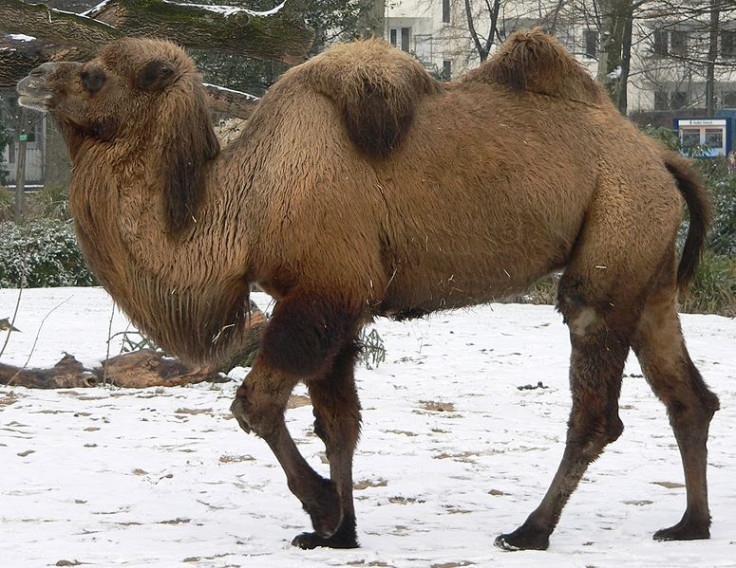Got (Camel) Milk? High in Vitamin C and No Lactose Intolerance

On its way to the dairy shelf in your local market, camel milk possesses many health advantages over cow milk, which several quality consumers may find particularly appealing.
The level of vitamin C is on average three times higher than that of cow milk.
Although levels of lactose are as high as in cow milk, lactose intolerance against camel milk, for unknown reasons, does not exist.
And, in research published in 2007 under the auspices of the US Department of Agriculture, insulin, niacin and some unsaturated fatty acids were found to be higher in camel milk, while the absence of beta-lactoglobulin and the different compositions of proteins may prevent allergic reactions.
In a comparison study of vitamin C, vitamin B and fat-soluble vitamins E and A content in milk, samples from 20 individual camels (Camelus dromedarius) revealed considerably less vitamin A and B2 than cow milk, and about equal content of vitamin E.
Raw camel milk is highly contaminated with bacteria when camels are milked under nomadic conditions lacking proper hygiene. However, there is no doubt that camel milk can meet the same international standards as cow milk when proper hygienic conditions are in place.
To prepare camel milk for human consumption, it must be heat-inactivated. Importantly, heat-inactivation of 72 degrees C for 5 minutes reduces the amount of insulin and vitamin C by only 5% to 8%. And, if kept at 4 degrees C, the shelf life of pasteurized camel milk is more than 10 days.
According to the Food and Agricultural Organization, 17 million camels populate the earth, of which 12.2 million are in Africa and 4.8 million in Asia. Not only are they an important source of milk, camel milk, in some countries, is one of the main components of the human diet.
Globally camels produce roughly 2% of the total milk consumed by humans. Produced by pastoral people, it is for the most part imbibed locally. Information on the nutritional quality of camel milk, especially the minor constituents such as vitamins, is scarce.
What is known is that camels can sustain productivity in difficult conditions and are, comparatively, less affected by adverse factors like lack of feed and water.
A wide diversity of breeds may be found in the arid and semiarid lands of the world and with this diversity comes enormous production variation. Differences in production have also been observed among individuals within the same breeds. Researchers believe such variation can be successfully exploited in new strategies for milk production.
Although the FDA permits the consumption of camel milk, unpasteurized milk products must meet state standards for sale.
Published by Medicaldaily.com



























